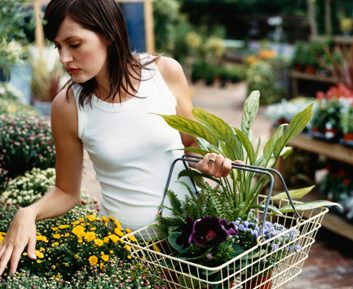
An easy way to grow veggies
Growing your own vegetables is a simple way of getting more of them in your diet. Plus, there are other health benefits to gardening: Research shows that any reconnection with nature has physical and mental healing effects, such as lower blood pressure and reduced stress. But that doesn’t have to mean back-breaking labour: It’s easy to grow fresh veggies and herbs using containers on your balcony or in your backyard, regardless of its size. Paul Zammit, the Nancy Eaton director of horticulture at the Toronto Botanical Garden, shares his tips for creating an abundant container garden.
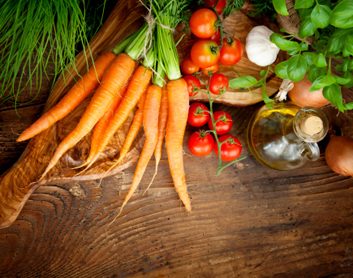
What vegetables to plant at home
When purchasing seed packets or starter plants, look for varieties of vegetables and herbs that are suitable for growing in containers. Cherry tomatoes, carrots and small lettuces grow well, as do “bush-type” plants (cucumbers, beans, zucchini), which are much more compact than regular varieties. Herbs are ideal for container gardening, and can be mixed together in one pot.
Some vegetables, such as lettuce, beets, radishes and peas, are easy to grow from seed. Other plants, like tomatoes and some herbs, take longer to grow, so choose starter plants instead. (One exception is basil, which can grow relatively easily from seed. Sow new basil seeds in your container every two weeks for a continuous supply.)
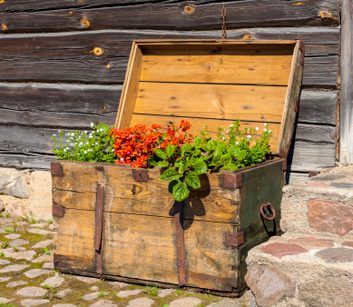
Choosing a container
Anything can be used as a container garden-let your imagination run wild! For example, recycling bins can be used for fingerling potatoes. The key is to make sure the container has good drainage; you don’t want it to hold water.
Determine the size of your container based on what you want to grow. Plants such as herbs, leafy greens, spinach, chard and lettuce don’t need a great deal of depth; six to eight inches are enough. Heavy feeders, or bigger-growing plants, such as beans, cucumbers or tomatoes, will require much more depth-at least 16 inches.
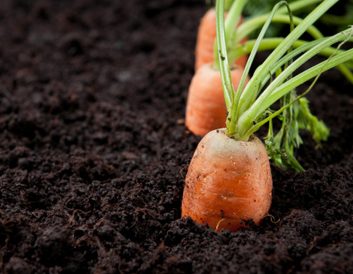
Soil and fertilizer
When it comes to choosing soil, look for a container mix suitable for growing vegetables and other edibles. (Regular topsoil is too heavy, and it settles, so it’s not ideal for root growth.) Container mixes tend to be fairly spongy and relatively lightweight so they can absorb moisture. They also allow for air to penetrate to the root, which is key.
Plants depend on you for food, so don’t forget to fertilize them-it’s an important step! Opt for an organic-based fertilizer suitable for edibles, such as fish emulsion or seaweed.
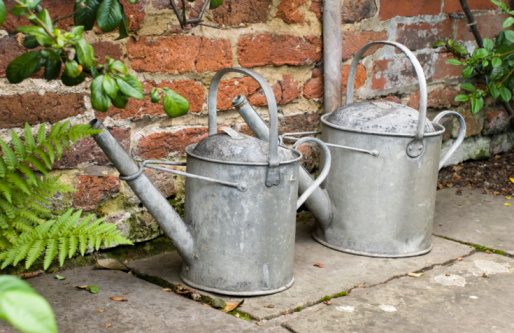
Sun and water
Most vegetables and herbs love to get a lot of sunlight-six or more hours a day is recommended. However, some herbs and leafy greens grow better in partial shade (with about only four hours of sun a day), especially in high temperatures. Tomatoes, cucumbers and beans, on the other hand, really enjoy the summer heat.
Be sure to thoroughly water your plants, enough to wet the entire root system; any excess can drain away. But don’t overwater them. Containers should be placed on a level surface, to ensure water goes down into the soil and out the drainage holes, as opposed to running over the container’s edges.
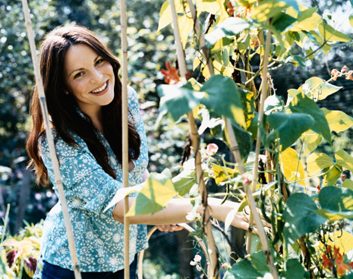
Creating a pretty garden
Staggering containers of various heights can create a visually interesting arrangement. Or, if you have some room to work with, use several containers to create a small courtyard or private area outdoors. Enhance the area by adding the soothing sounds of a water feature or bird bath. Paint your containers and any other elements of your outdoor space, such as a shed, shutters, garage or bird feeder, using colours that can be found in nature. (This is particularly important for bird feeders: Birds are colour sensitive.)
Related:
• 8 herbal teas you can grow in your garden
• 5 health benefits of fresh herbs
• The 5 best foods to grow at home
